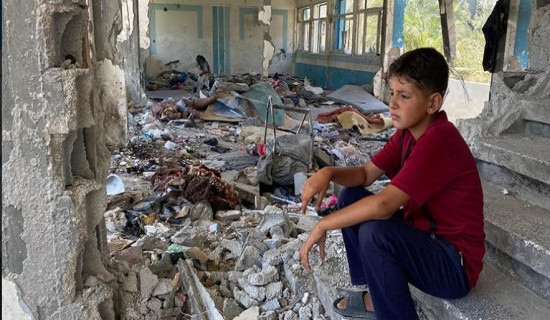- Monday, 5 January 2026
Take Effective Measures To Contain Dengue
Dengue has affected Nepal for a long time. The disease has been around us for over 45 weeks. During the period, the disease has gripped 76 out of 77 districts, including the three districts in the Kathmandu Valley. Out of the three districts, Kathmandu topped the list of infected followed by Lalitpur and Bhaktapur. On a national scale, over 29,000 people have been infected by the viral disease with 12 deaths.
Dengue is a viral infection spread by female mosquitoes – Aedes egypti and A. albopictus. As per the World Health Organisation (WHO), the vector also transmits such diseases as chikungunya, yellow fever and Zika virus. Dengue is transmitted when either of the above mosquitoes infected with the dengue virus bites a person. The pathogenic mosquitoes usually bite at daytime and rarely at night. They breed in clean water and in containers with water such as tubs and even tyres. The symptoms include, inter alia, mild to high fever, muscle pain, rashes, headaches, pain behind the eyes and pain in bones and joints. Pain in bones and joints may be very severe. That is why, dengue is also called breakbone fever.
Climate change
It is said that 80 per cent of the dengue cases are asymptomatic. Even most symptomatic patients do not seek treatment. Many patients show mild symptoms. Such patients can be treated with paracetamol. Dengue usually occurs during and after the rainy season. But owing to various factors such as climate change, the disease can occur anytime at present. In the past, the disease was confined to the Terai. Now, it is found in the hills as well.
In the context of Nepal, dengue was first reported in a foreigner in Chitwan in 2004. Since then, the disease has been reported in various districts. In 2019, over 16,000 people got infected and at least six people died of the disease. In 2022, over 54,000 people caught the disease and 88 people lost their lives. Likewise, in 2023, the disease infected over 52,000 people, claiming 20 lives. The WHO has designated dengue as one of the top ten health threats in the world. Over 3.9 billion are at risk of getting infected with the disease. The disease is endemic to 129 countries, 70 per cent of them in Asia. Over 400 million people get infected every year. Out of this, 300 million people are asymptomatic patients.
Dengue is considered the most widely distributed mosquito-borne viral infection in the world. The disease spreads from mosquitos to man but not from person to person. The transmission of the disease is attributed to population growth, rapid urbanisation, haphazard development of settlements and climate change. Owing to climate change, the disease occurs all the year round, even in winter, something unknown in the past. The disease has now become endemic in Nepal. Outbreaks of the disease are reported at any time.
There is no specific cure for dengue. Paracetamol or acetaminophen, an antipyretic drug, is administered on patients. Patients are also made to take sufficient fluids. If treatment is conducted early, the disease can be cured. Ignoring the disease may lead to severe dengue, which could be fatal. The symptoms of severe dengue include, among others, leaky or damaged blood vessels, a decrease in platelets, internal bleeding, shock, bleeding gums or noses, organ failure, liver enlargement, blood in vomit or stool and even death. Early detection and medical care may limit the fatality of the disease to below one per cent.
There are no vaccines available to treat dengue. However, several vaccines are under evaluation. The currently available vaccines can be administered on those (9-45 age group) who have had at least one bout of the disease in the past. But the effectiveness of even such vaccines is being monitored and examined. It may be hoped that in the future effective vaccines will be available to fight the disease.
The government did not take any measures to contain the disease when it erupted months ago. After the infection became widespread, the government woke from its apathy. Now, the government has embarked upon search and destroy and clean-up campaigns. Such campaigns should have been initiated when the disease first appeared. Had the government engaged in anti-dengue campaigns in time, the number of infected and even deaths would have drastically come down. However, the transmission rate of the disease is declining now.
After COVID-19, it is dengue that has inflicted suffering on the people. Many countries, including Nepal, have stopped sending COVID-19 updates to the WHO. As per the Worldometer report, Nepal still has 97 active cases, when there should be none.
Search and destroy
In 2022, dengue became so widespread in Nepal that hospitals became overstretched and the stocks of paracetamol got exhausted. This time around, such a situation has not arisen. However, the government and the authorities concerned should take effective measures to contain the disease in time. At the same time, the people should also take precautionary measures such as cleaning their houses and premise, ensuring that mosquitoes do not breed on their premises, wearing long-sleeved clothes and using mosquito nets or mosquito repellents.
Experts opine that awareness campaigns on dengue need to be embarked upon and the public needs to be sensitised to the need for treatment because the lack of treatment could result in severe dengue. Search and destroy campaigns should be in place to destroy the breeding grounds of dengue-causing mosquitoes. The disease can affect any person from children to older people. Owing to climate change, distribution of the mosquitoes everywhere and even at high altitudes and occurrence of the mosquitoes all the year round, doctors have said that no one is safe from the disease. So the government, medical practitioners, other stakeholders and the general public should work in tandem to contain the disease.
(Maharjan has been regularly writing on contemporary issues for this daily since 2000.)

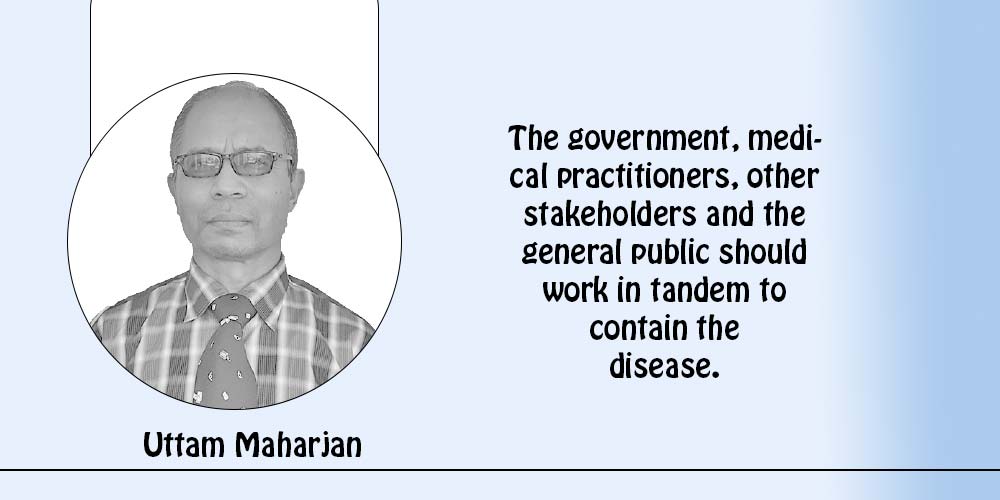








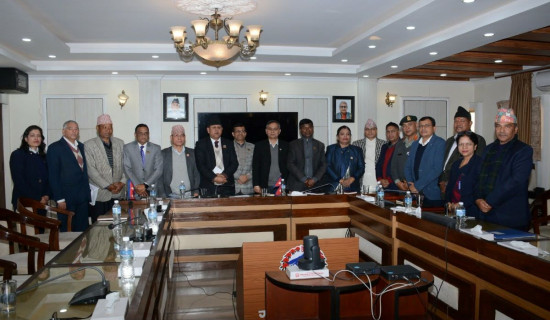
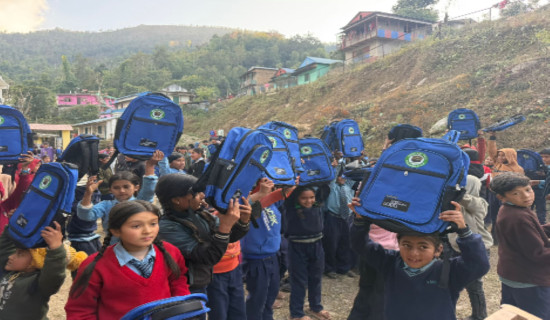

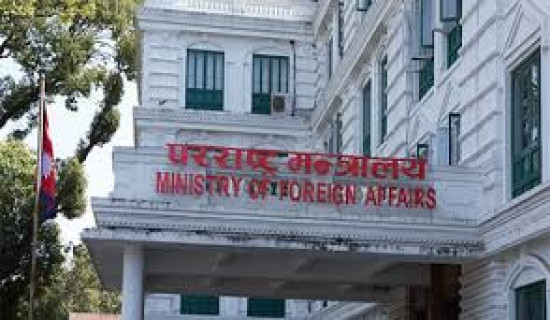

-original-thumb.jpg)
